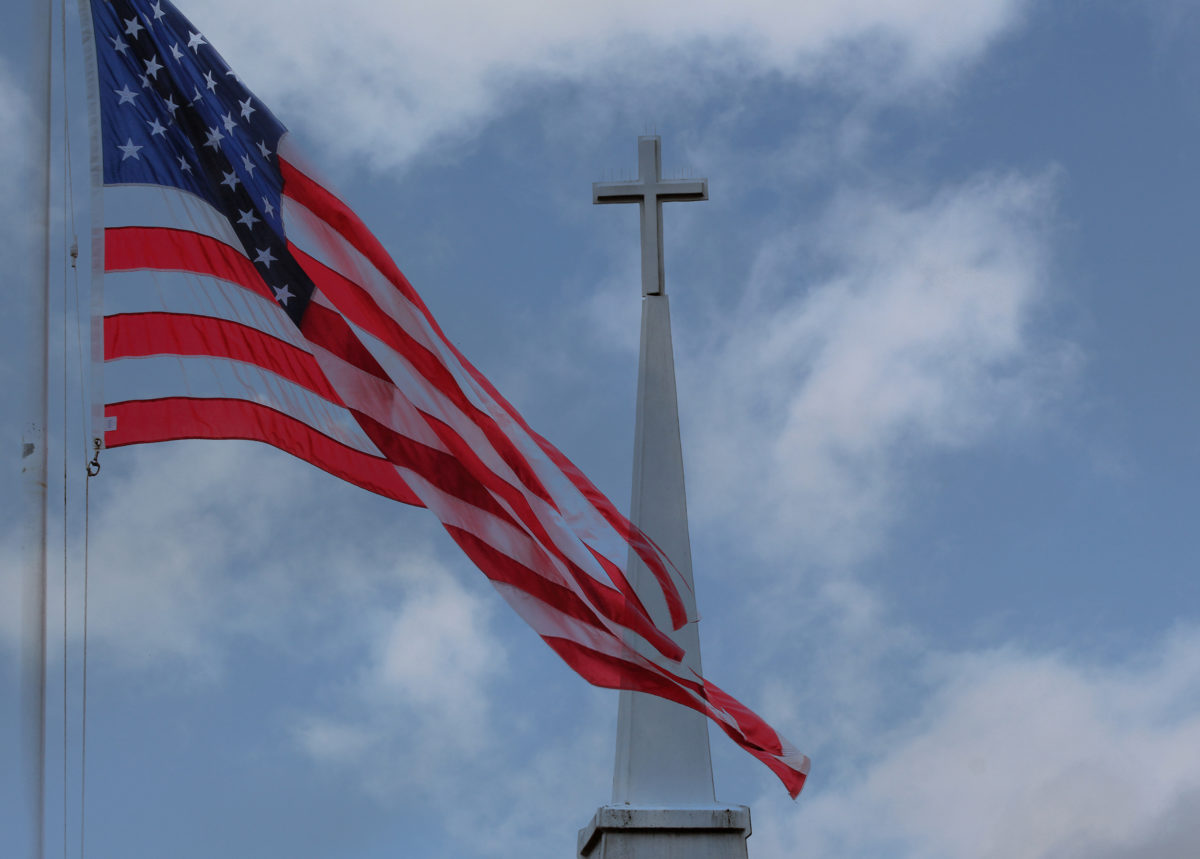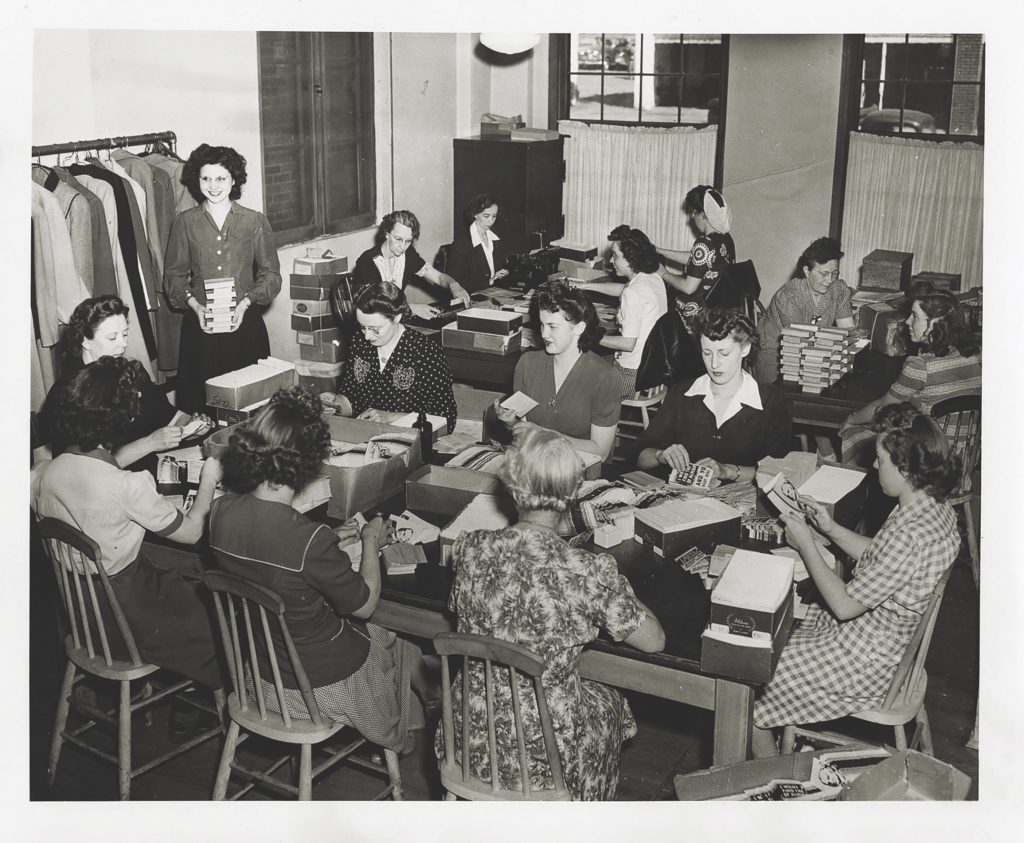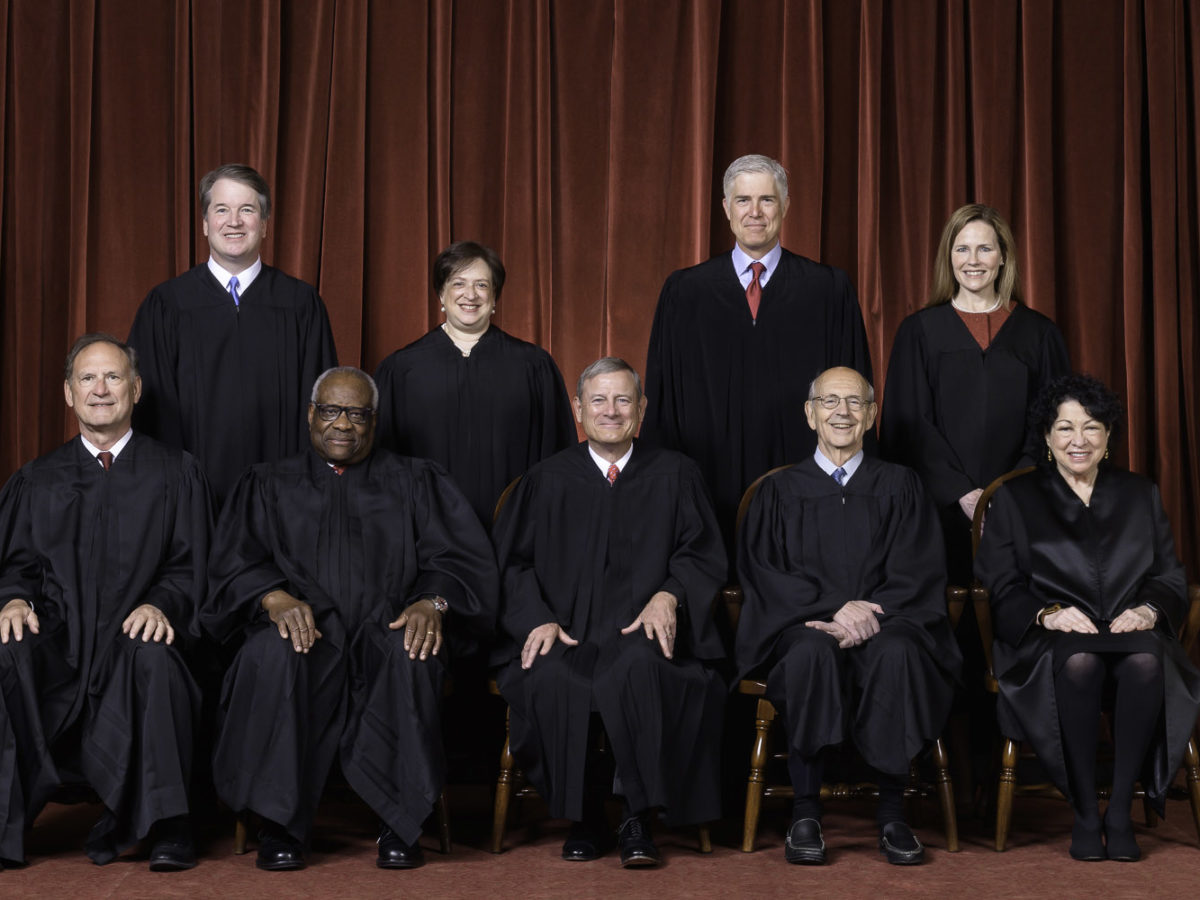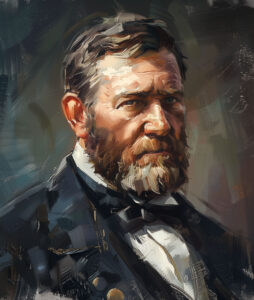In June 2022, a divided U.S. Supreme Court handed down two decisions on how to balance the two freedom of religion provisions of the First Amendment. The Justices took a dramatic turn from the history of judicial interpretation of those two provisions.
Those two provisions read that the government “shall make no law respecting an establishment of religion, or prohibiting the free exercise thereof.” The problem arises when a policy meant to make clear that the government is giving no favor to any particular faith ends up being a barrier to citizens’ participating fully in their religion. A perfect example: Carson v. Makin, one of the 2022 decisions, where a 5-3 decision found that Maine had gone too far in avoiding the “establishment” problem by leaving parochial schools out of a tuition reimbursement scheme for parents of teens who live in a school district too small for a public high school.
Modern Problems
While theoretically there is that tension between the two religious freedom clauses in the Bill of Rights, it was not until recent decades that balancing the two provisions has been controversial. When added to the Constitution in 1791, there was no recognition that there could be tension between the two prongs of religious freedom.
Many of the Founding Fathers personally chafed at the way the Anglican church — not their church — was entangled in the governmental affairs of Britain and wanted to be sure to be able to worship in their own way. And on a very practical level, they saw how diverse their new country already was, and by guaranteeing everyone the right to worship in his or her own way they could avoid the religious conflict that had raged across Europe. Those views became central to the country’s self image.
So the first two legal disputes involving the establishment clause did not reach the Supreme Court until the dawn of the 20th century. They both disputed federal aid to religious institutions and in both the objections were turned back by unanimous decisions: In Bradfield v. Roberts, in 1899, the justices OKed federal money for constructing a Washington, D.C., Catholic hospital that agreed to care for the poor. And in Quick Bear v. Leupp, in 1908, they allowed government money to go to the Catholic Indian Bureau to run mission schools for Native Americans because the money came not from general government revenue but from a trust fund of money paid to the tribes as compensation for land they ceded to the U.S.
GET HISTORY’S GREATEST TALES—RIGHT IN YOUR INBOX
Subscribe to our HistoryNet Now! newsletter for the best of the past, delivered every Monday and Thursday.
State by State
The Bill of Rights applied only to the federal government, not states or cities. When the Constitution was adopted, some of the original states did have official, or “established,” religions, and the practice continued until 1883, when the last holdout, Massachusetts, dropped its official support of Congregationalism.
It was not until 1947 that the Justices again addressed head-on the extent to which the establishment clause forbade governmental involvement with religious institutions. It was then that they held that the religious liberty guarantees of the First Amendment applied to the states as well, that it was part of what it means when the 14th Amendment decrees that no state can deprive any person of “liberty.” That decision opened the way for future litigation over whether state and city programs directly or even indirectly helping a faith-based organization could be considered “establishing” a particular religion.
The question of when government was favoring a particular religion that had been addressed with unanimity at the turn of the century was now a divisive issue, settled with a 5-4 vote. The case, Everson v. Board of Education, was brought by a disgruntled taxpayer in Ewing Township, New Jersey, who objected to tax money being spent on reimbursing families for the cost of their children taking public transportation back and forth to school. His complaint: The program covered both public and private school students, and since that helped support Catholic parochial schools, it was in effect aiding religion in violation of the establishment clause.
The court OKed the transportation reimbursement scheme, noting that the money did not go to the parochial schools or support them in any way, but helped all parents regardless of their religion. But even in disagreeing on the permissibility of the transportation reimbursement scheme, all the justices agreed on the purpose of the establishment clause: Both the majority opinion and the dissent used the same phrase to describe the clause, saying that it created a “wall of separation between church and state.”
Recommended for you
Public Debate
Its application to public education policies continue to be at the heart of the Supreme Court’s cases involving the establishment clause. In 1962, it called it unconstitutional for New York state to begin all school days with a set 22-word prayer, even though the prayer was carefully crafted to be nondenominational.
The next year, it held unconstitutional the reading in public schools, without comment, of verses from the Bible, although the eight justices in the majority went to some pains to explicitly state that they were not banning “study of the Bible or of religion, when presented objectively as part of a secular program of education.”
In 1968, the Court in a 6-3 decision OKed a New York state policy of lending textbooks to schoolchildren; the majority said it was OK for the state to include students in parochial schools because the only textbooks covered by the program were in secular subjects (Board of Education v. Allen).
The Lemon Test
Finally, in Lemon v. Kurtzman,in 1971, the justices tried to end the piecemeal approach to deciding when ties between public education and religion breached the wall between church and state by handing down a general test to be used in such controversies. Chief Justice Earl Warren wrote that for a government policy involving religious institutions or activities to be valid — that is, not considered to breach the wall between church and state — it must meet three criteria:
- It “must have a secular legislative purpose.”
- Its effect must be neither to advance nor inhibit any religion.
- It “must not foster an excessive entanglement with religion.”
A unanimous court, applying that standard, threw out a Pennsylvania scheme that used tax dollars to reimburse parochial schools for the costs of instruction — teacher salaries and textbooks — for the secular subjects in the curriculum. That, the justices found, involved far too much “entanglement.”
Using those criteria, the justices later struck down New York’s awarding of grants to maintain sectarian school facilities (Committee for Public Education v. Nyquist, 1973) and Ohio’s providing parochial schools funds for school trips (Wolman v. Walter, 1977). But applying that same criteria, the justices found permissible Minnesota’s tax deduction for tuition payments to private schools, whether secular or sectarian (Meuller v. Allen, 1983) and the inclusion in Washington state’s vocational rehabilitation program financial support for a blind student attending a Bible college (Witters v. Dept. of Social Services,1986).
While increasingly attacked by legal scholars and even some justices, the Lemontest was until very recently still the standard for lower courts to use in assessing establishment clause litigation. Twenty years ago, it provided the Justices with the precedent they used in Santa Fe v. Doe in holding unconstitutional the policy of allowing student-led prayers at school football games, because the practice had a religious, not secular, purpose. As recently as 2005, litigants specifically asked the court to overturn Lemonand the Justices refused to do so.
The Roberts Court
In 2019, Justice Brett Kavanaugh, writing for himself alone, insisted that “the Lemontest is not good law.” Justice Clarence Thomas said he would overrule the precedent.
Finally, in 2022, they abandoned Lemon. In Kennedy v. Bremerton School District, by a 6-3 vote, the justices said the school district was wrong to fire a coach for ignoring orders not to lead midfield prayers after football games. Henceforth, they decreed, the courts in considering conflicts between the two religious freedom clauses of the First Amendment should use not the Lemontest but “historical practices and understandings.”
historynet magazines
Our 9 best-selling history titles feature in-depth storytelling and iconic imagery to engage and inform on the people, the wars, and the events that shaped America and the world.









